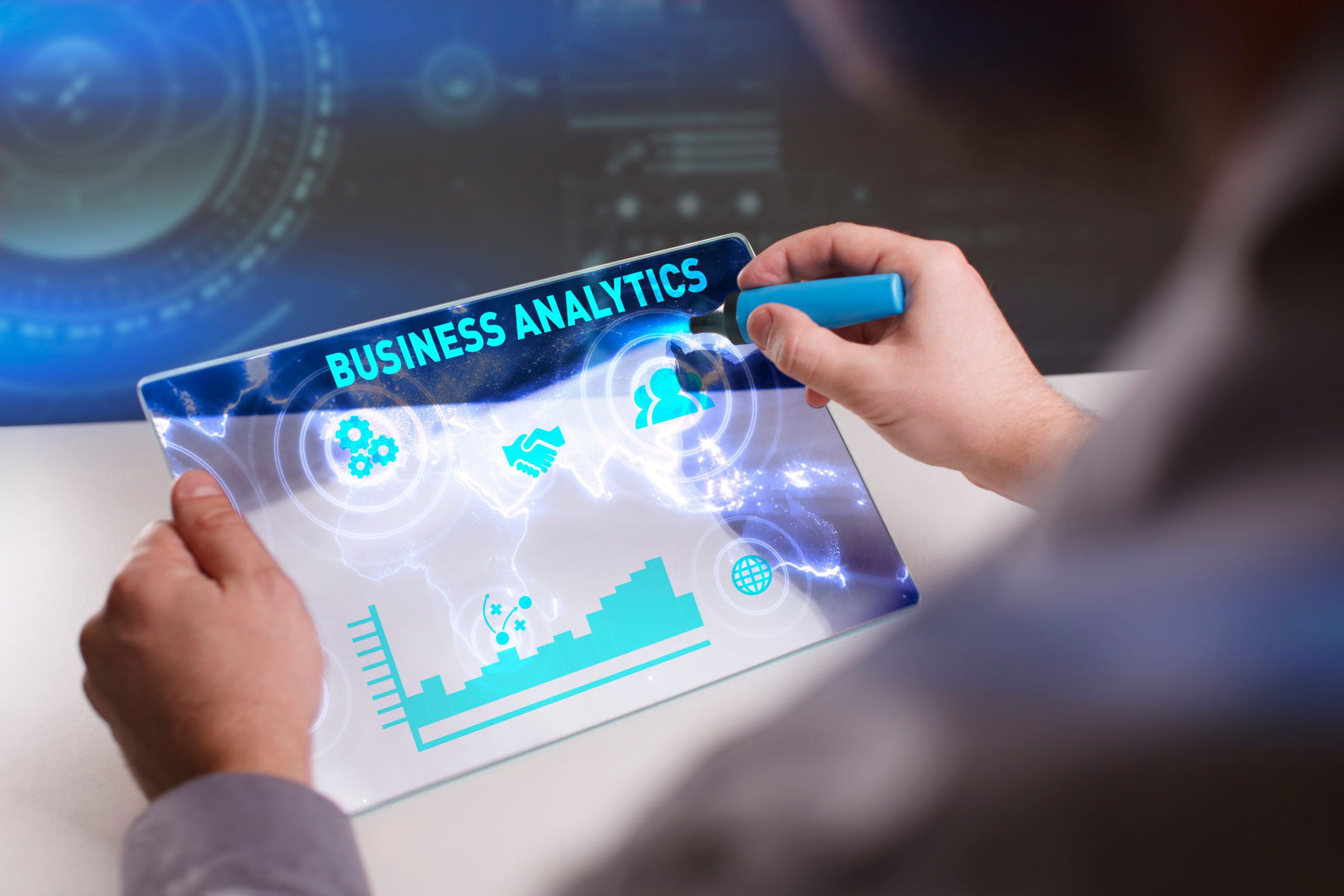The two paths from Natural Language Processing to Deep Learning
Natural Language Processing is a branch of linguistics, computer science, and artificial intelligence that deals with the interaction between computers and human language, in particular how to design computers to handle and evaluate huge volumes of natural language data. We want a computer that can “understand” the text in documents, including its context and subtleties.
As a result, the papers’ data and insights may be correctly extracted by the technology, which can also classify and arrange the documents themselves.
Massive amounts of unprocessed, text-heavy data need a system like this, which is widely used in machine learning. Professionals with expertise in designing models that analyze voice and language, find contextual correlations, and generate insights from this unprocessed data will be in high demand as AI continues to grow. Natural Language Processing and Deep Learning with Python are one of the most common phrases used in the domain of Artificial Intelligence nowadays.
In machine learning and artificial intelligence, a technique known as “deep learning” mimics human learning processes. Data science, which encompasses the statistical analysis and forecasting models, relies heavily on deep learning techniques to do its work. For data scientists, deep learning is a godsend since it speeds up the process of processing and understanding massive volumes of data.
It is possible to think of deep learning as the automation of predictive analytics. Deep learning algorithms are piled in a hierarchical structure of increasing complexity and abstraction, while typical machine learning algorithms are linear.
Neural Networks and Deep Learning
A Neural Network, also known as an Artificial Neural Network, is made up of layers. Imagine the neurons in a human brain; they are the computing units, and they form a single layer when layered. stacking neurons together creates several layers. It is termed the input layer because it contains the data that we are working with. We run our algorithms and get an output, which is then utilized to do our computations for the following layer, the output layer.
At each successive layer, all of one layer’s neurons are linked to those at each successive layer, which are then linked to the next layer, and so on, until we reach our output layer, where we achieve our desired outcome for the specific data we were working with. Those layers that are between the input and output layers are referred to as Hidden Layers. A Neural Network is the result of this process.
A deep neural network is an artificial neural network with two or more hidden layers, and a model built on a deep neural network is referred to as Deep Learning.
What are the main components of Natural Language Processing?
NLP consists of a number of components, a few of them are mentioned below:
- Analysis of morphological and lexical patterns.
- Syntactic Analysis: Study of logical meaning from a given part of the information, be it text or audio.
- Semantic Analysis: Used to analyze the meaning of words.








 Business Analytics
Business Analytics
 Data Analytics can be complex when you try to understand it. A
Data Analytics can be complex when you try to understand it. A 